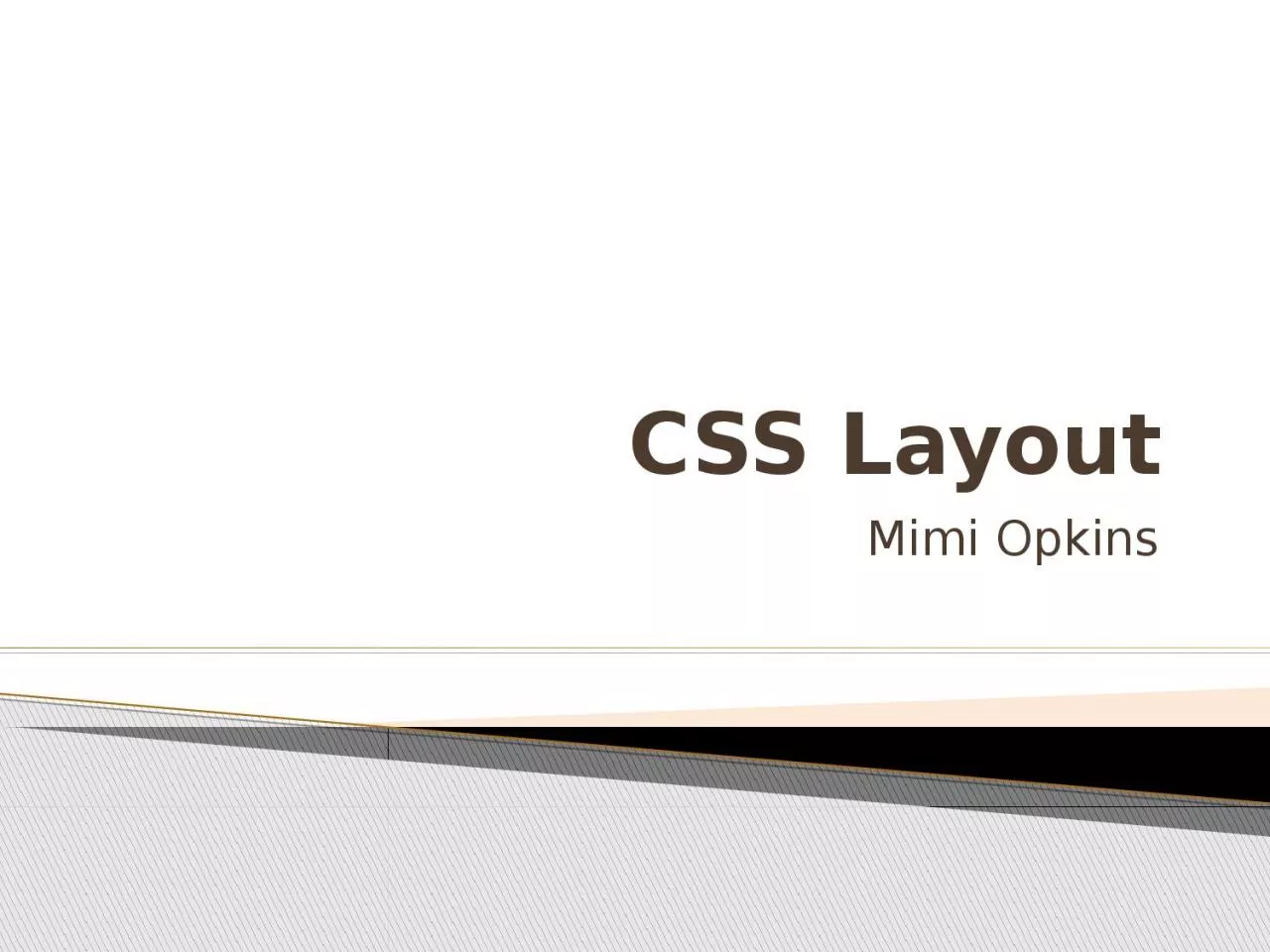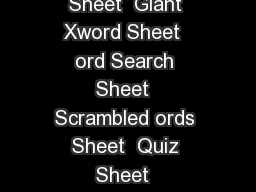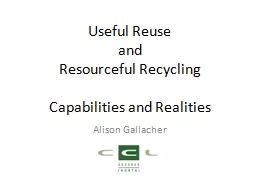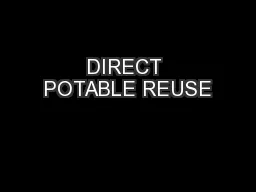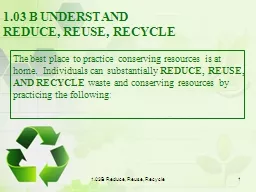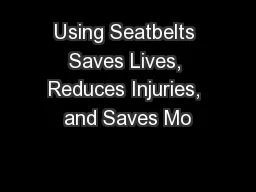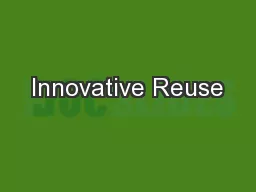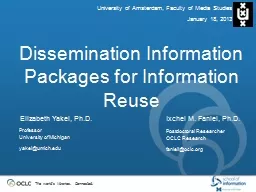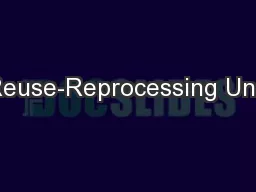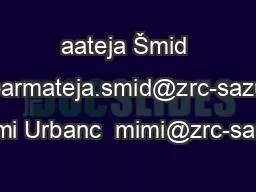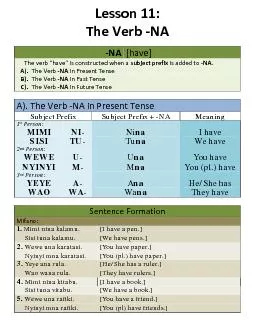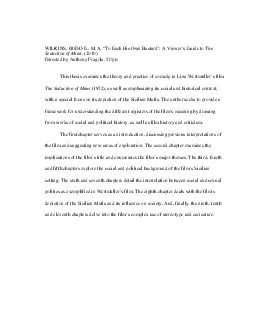PPT-CSS Layout Mimi Opkins CSS saves time - You can write CSS once and then reuse the same
Author : mila-milly | Published Date : 2023-11-11
Pages load faster If you are using CSS you do not need to write HTML tag attributes every time Just write one CSS rule of a tag and apply it to all the occurrences
Presentation Embed Code
Download Presentation
Download Presentation The PPT/PDF document "CSS Layout Mimi Opkins CSS saves time - ..." is the property of its rightful owner. Permission is granted to download and print the materials on this website for personal, non-commercial use only, and to display it on your personal computer provided you do not modify the materials and that you retain all copyright notices contained in the materials. By downloading content from our website, you accept the terms of this agreement.
CSS Layout Mimi Opkins CSS saves time - You can write CSS once and then reuse the same: Transcript
Download Rules Of Document
"CSS Layout Mimi Opkins CSS saves time - You can write CSS once and then reuse the same"The content belongs to its owner. You may download and print it for personal use, without modification, and keep all copyright notices. By downloading, you agree to these terms.
Related Documents

